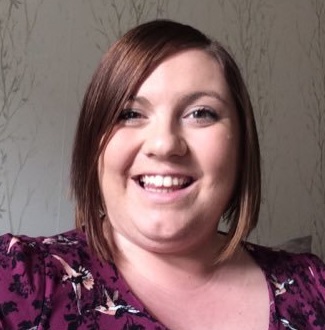The 5 basics of primary maths assessment

Ensure your maths monitoring is purposeful by focusing on these key areas, says Beth Smith…

- by Beth Smith

In 2014, national curriculum levels were removed from the primary curriculum. In a speech, Nick Gibb said, “Levels have been a distracting, over-generalised label, giving misleading signals about the genuine attainment of pupils.”
Schools were told to develop their own assessment schemes ‘matched to the timing and content of their school curriculum’ that ‘provide clear evidence of attainment and progression.’
The important aspect of the assessment reform, in my opinion, boils down to one key sentence: to develop your own assessment scheme ‘requires effort and expertise’. After 26 years of using national curriculum levels, the majority of teachers had never used an assessment system without levels.
How was every school, therefore, meant to have the expertise to create their own? Schools turned to external assessment systems to help, and although these can be used effectively, they can also be used in a way that still contains the same demands that were placed on teachers before when it comes to data collection.
So how can we ensure that our assessment is purposeful? Simply put, we need to focus on the following five basics…
1 | Assess starting points
Assessments at the start of maths topics take different forms. Recently, there’s been a surge of schools setting ‘hot and cold’ tasks, with children undertaking similar (sometimes identical) questions at the start and end of topics.
Often these tasks show progress, but how do they impact the learning? Instead of assessing what children haven’t yet been taught, focus on what the children should already know.
Assess pupils one to two weeks before the start of your topic on previous years’ content then use these results to plan your next steps. Which children need intervention before the topic to catch them up? Are there any areas where all pupils have gaps in understanding?
2 | Get them talking
When planning, we need to carefully consider the steps needed to achieve objectives. It’s important to highlight common misconceptions and ensure our teaching addresses this. Ongoing assessment in lessons can take many forms, but one key aspect is talk.
Listening to children’s answers and explanations can give you a clear insight into their understanding. Consider different ways to encourage children to talk more within lessons.
Give pupils thinking time before asking them to share their ideas; provide stem sentences to support them in giving full sentence answers. Once a child has answered a question, ask others in the class to elaborate or explain what has been said in their own words.
3 | Use low-stakes tests frequently
Assessments shouldn’t be a nerve-wracking experience. Children need to understand that tests have a purpose and are important to support their learning. If they make a mistake, pupils need to know how to correct it.
Allow children to mark their own tests so they can see where they’ve gone wrong. Use peer mentoring, intervention and follow-up whole-class teaching to help children fill in any gaps in understanding.
4 | Try spaced repetition
If you’re following a mastery curriculum, you can spend a long time on topics. Creating an assessment system that supports this approach involves considering how you are going to ensure children retain knowledge over time.
An important aspect of this is spaced repetition. As well as assessing children straight after learning, it’s vital that we also check understanding after a period of time, taking the retrieval effect into consideration.
Everyone forgets content over time, but if we want children to remember something, they need to be reminded about it at regular intervals.
5 | Use ongoing assessment
A workload survey at the time of the assessment reform reported that data collection was the single biggest contributor to excess teacher workload. It would be interesting to see if this has changed in the four years since the reform.
In my experience, data collection still brings similar pressures in schools, especially when teachers only look at data systems at the end of term.
Instead of assessment overload before the holidays, think about the purpose of the data. An end-of-term test should be used to confirm your own assessment, rather than becoming a piece of evidence to complete a spreadsheet.
If you use an online tracker, consider using it more frequently. Most importantly, think about follow-up actions. If a child hasn’t achieved an objective, what happens next? Once again, the key focus is what your next step will be.
In conclusion, it’s vital that all assessment has a purpose. Any marked work or written tests should be followed by an appropriate next step, be that an intervention, recap or simply moving on to the piece of learning.
Instead of worrying about labels or levels, we need to focus our assessment on where children are in their learning and what they need to do to progress. This will allow you to build up a much better picture of children’s mathematical understanding.
Free assessment resources
White Rose Maths has a vast bank of free tools and documents to help you make assessment easier. Try out these resources:
- Use end-of-block assessments from the previous year to help you highlight children’s starting points. Find them here
- Prompt classroom talk by using the questions included in the Mathematical Talk section of the Small Steps Guidance documents. At the end of each block of learning, use the written assessment tests to highlight strengths and weaknesses in children’s understanding. Download both from tes.com/teaching-resources/shop/wrmaths
- Use the topic unit quizzes on the White Rose Maths section of the website Diagnostic Questions. Pupils are automatically set two quizzes, one immediately after your unit and the other three weeks later. This supports children in their retention of concepts. Visit diagnosticquestions.com/whiterose
Beth Smith is senior primary maths specialist for White Rose Maths. Download free White Rose Maths assessments on TES, along with schemes of learning to support the teaching of maths. Follow her on Twitter at @beth_89.







